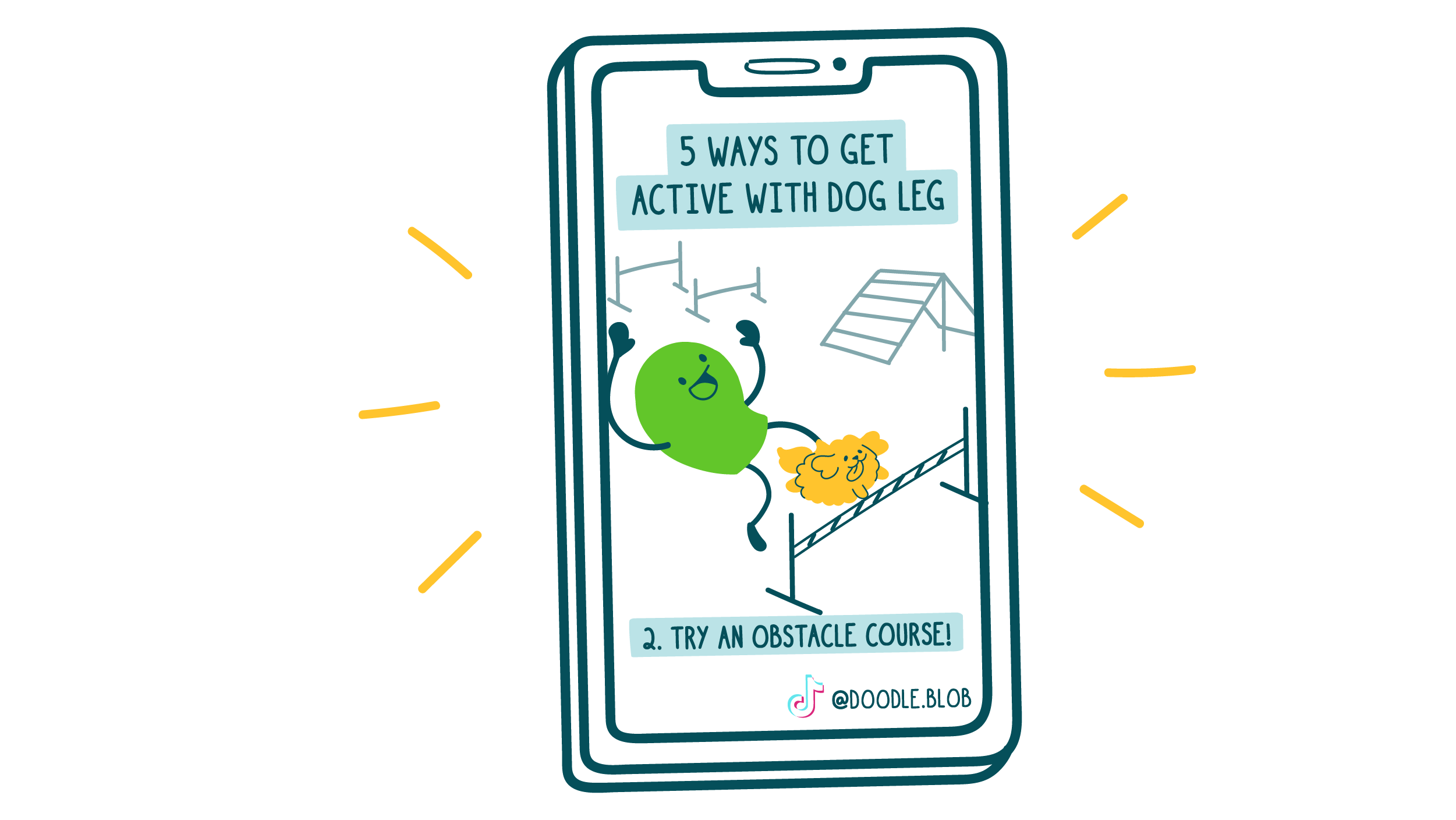
We’ve talked about a few different platforms in our social media series (including the Twitter, Facebook, and Instagram trifecta). But today, we’re tackling a very different social networking beast: TikTok.
We know what you’re thinking, dear readers — TikTok? Really? The platform Gen Z uses to show off their dance moves and make fun of millennials’ style choices? We’re here to tell you that TikTok is much more than that. It’s a place where anyone can post short videos about anything — including health content!
From workout tips to eye health mythbusting to COVID vaccine explanations, TikTok has it all when it comes to health-related topics. But why should you fling your content into the TikTok void? Consider this: as of last year, TikTok had been downloaded more than 2 billion times — and it was the most-downloaded app in 2020.
So in the spirit of reaching people where they are, use these tips to TikTok-ify your health content:
- Be authentic. One of TikTok’s greatest strengths as a platform is that it provides real content from real people. The best-performing videos showcase the person’s authentic experience and voice — whether they already have a huge following or just downloaded the app yesterday. So feel free to let your winning personality shine through when you’re creating content for TikTok!
- Use humor. One thing that successful TikTok videos generally have in common is that they’re funny. Not all health topics will lend themselves to humor, of course — but sometimes a lighthearted approach can help people talk about a tricky subject. And sometimes it just helps us handle hard stuff! Take the proliferation of bubonic plague TikToks during the pandemic, for example.
- Hashtag it. If you spend any time at all on social media, hashtags are probably familiar faces. TikTok hashtags work in much the same way that hashtags work on Facebook, Instagram, and Twitter — so use them to add your voice to the conversation! Make sure to tag your videos with relevant and trending hashtags. And always use “#fyp” or “#ForYou” so it’s more likely your TikToks will land on people’s For You pages (where the TikTok algorithm shows you content it thinks you’ll like).
- Respond to others’ TikToks. You can reply to someone else’s video with a feature called “stitching.” Your TikTok will show a clip of the video you’re stitching, followed by your content. It’s a great way to have a conversation — or even combat some health misinformation!
- Caption your videos. Always add captions (on-screen text that displays dialogue) to your videos. Captions don’t only benefit people who are Deaf or hard of hearing — they also make your content accessible to people who have their sound muted! There’s even a handy new feature to add captions automatically.
The bottom line: TikTok is an opportunity to share your health content in new and fun ways. (And seriously, all the cool kids are doing it.)
Browse recent posts